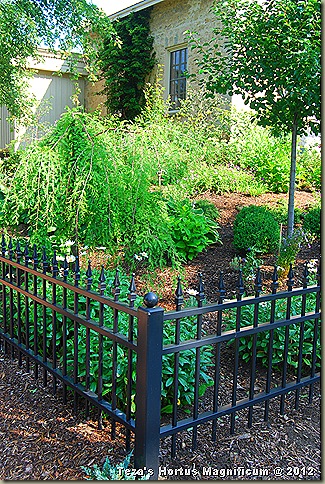Many times when digging in clay soil the clay will adhere to the shovel, which will make it much harder to dig. Make your shoveling job easier by lightly coating a shovel with a layer of wax, then buffing the surface. Either car wax or floor wax will work just fine. You will be able to work with the clay more easily, and it will not stick to your shovel.
A garden can provide far more than just decorative appeal. It is not reserved for just a few select green thumbs. It plays a significant part in a gardener’s life by bringing calmness, accomplishment and a connection to nature. If you become a avid gardener, it will have a great effect on your way of living.
Keep the weeds out of your garden by removing them regularly. Weeds can take over a healthy garden faster than you think. White vinegar can be a good solution. White vinegar is natural, very inexpensive, and can really kill the weeds! If you’re annoyed with pulling up weeds manually, douse them with a white vinegar solution.
Properly lay your sod. Before laying sod, you have to make sure the soil is accurately prepared. Pull out any weeds and break up the soil. Next, you want to make the soil compacted by applying light but firm pressure. Make sure the soil creates a flat surface. Make sure the soil is thoroughly moist. Lay the sod in rows, and make sure the joints do not overlap. Even out the surface of the sod by firming it down flat, filling any available gaps with a handful of dirt. Water the sod everyday for the first two weeks until the roots grow enough.
Garden vegetables should be planted in areas of the ground that receive a minimum of six hours of daily sunlight. Most vegetables that can be grown need that much sun to grow well and quickly. This is the same for many varieties of flowers.
Create useful rulers from your tool handles. You can use shovels or rakes as measuring sticks. Simply lay the handles out on the floor and run a measuring tape next to them. Have a marker handy, and mark the distance with it. Next time you work in the garden, you can have a larger ruler with you!
Don’t use broad-spectrum pesticides in the garden. These types of pesticides also kill the beneficial insects that eat the pests. Beneficial insects are more susceptible to strong pesticides than the insects you are actually trying to get rid of. This will lead you to end up killing off the good bugs in your garden, leaving the field wide open for the harmful ones. If you respond to the growing pest problem with more broad-spectrum pesticide, you only continue the harmful cycle.
Climbing plants make a strong addition to walls, fences or other free-standing structures. Many climbers can cover the wall or fence in as little as one growing season. They can grow through shrubs and trees, or even cover an arbor. There are natural climbers, which use tendrils or stems to wrap around any given surface, while others must be tied with a string or rope. Trusted variations of climbers are honeysuckle, jasmine, clematis, wisteria and climbing roses.
You can stop mud from being tracked into your house by covering your dirty gardening shoes with plastic bags. This helps the flow keep going so that you can get into the garden quickly to finish what you’re doing.
Apply the tips from above to bring new life to your garden. You’ll be glad you did when you see your plants alive and blooming. Horticulture may change your life if you let it, now get started.
When you run your personal organic garden, try ruffling seedlings using your hands or cardboard one or two times daily. While it might sound strange, research has shown that this method can increase the size of your plants.
